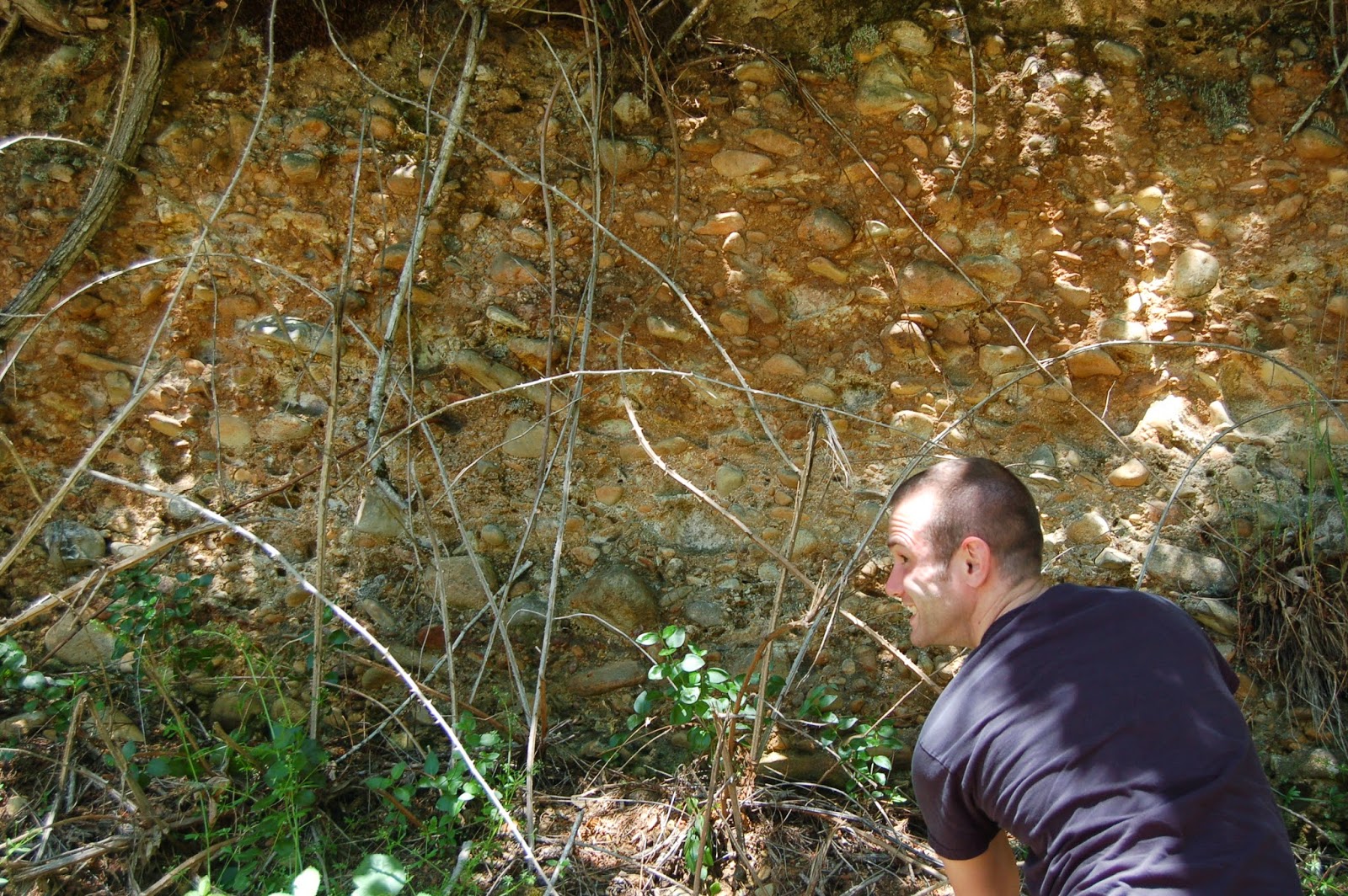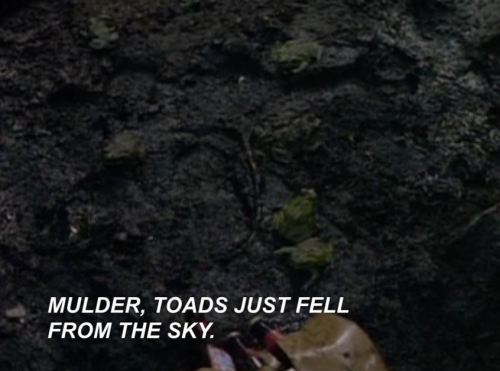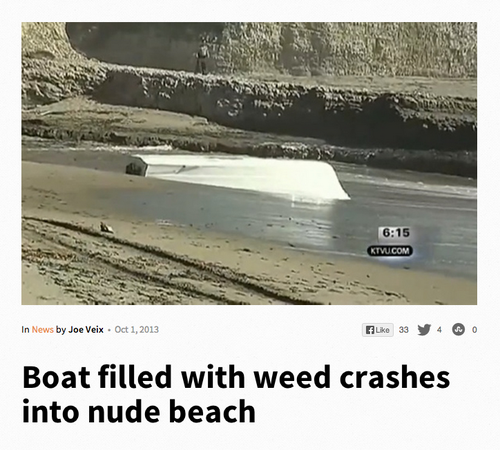There are a number of places along this stretch of road, for maybe 5 to 8 miles, where these great banks of clay rise above the road. Other than their bright color, one of the things they have in common is that they're poorly vegetated. My suspicion is that, over the long term, they will probably get recolonized fairly thoroughly. However, being solid clay, they don't have a lot of the nutrients, such as nitrogen, phosphorus, and potassium, that plants need. When the banks were cut, likely during the late 1950's to early 60's, when the Army Corp was constructing the dam, the clay was exposed, leaving no real soil behind. During wet times, surface clay, and any nutrients that may have accumulated, get washed away. This is quite similar to processes that limit plant growth in badlands. So the processes of recolonization, stabilization, and nutrient accumulation have been slow to get traction. Once thorough ground cover has been established, though, I don't know of any reason why soils here shouldn't be just as good as any other. While there is a superficial resemblance to serpentine soil, for example, there aren't any toxins such as copper or nickle here that would hinder plant growth, so far as I'm aware.
Photo unmodified. June 19, 2012. FlashEarth location (uncertain, but looks right, and close).
Is This Your Hat?
11 years ago

























































